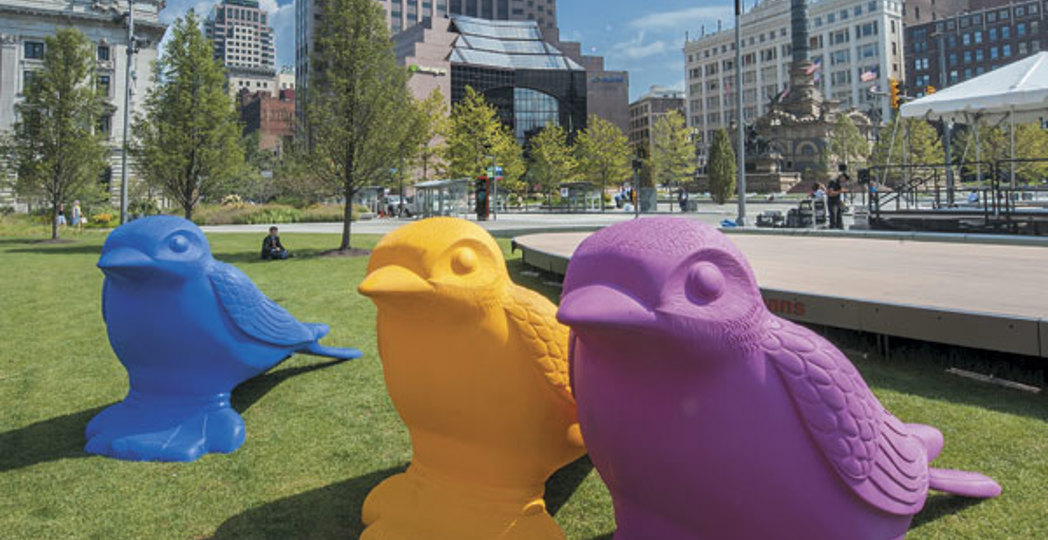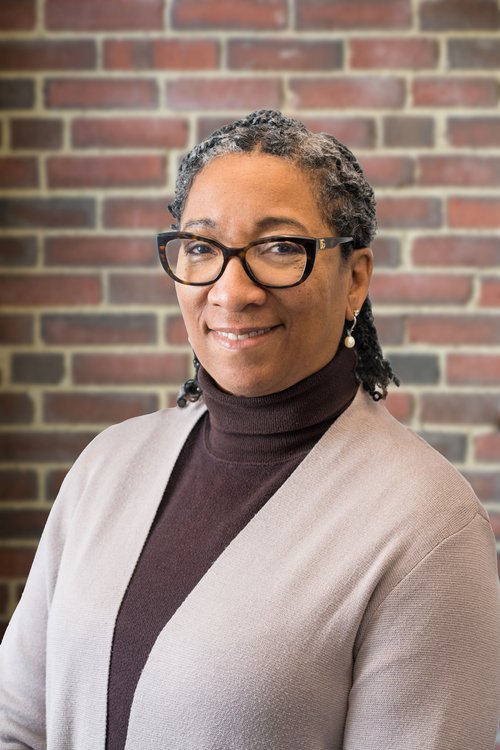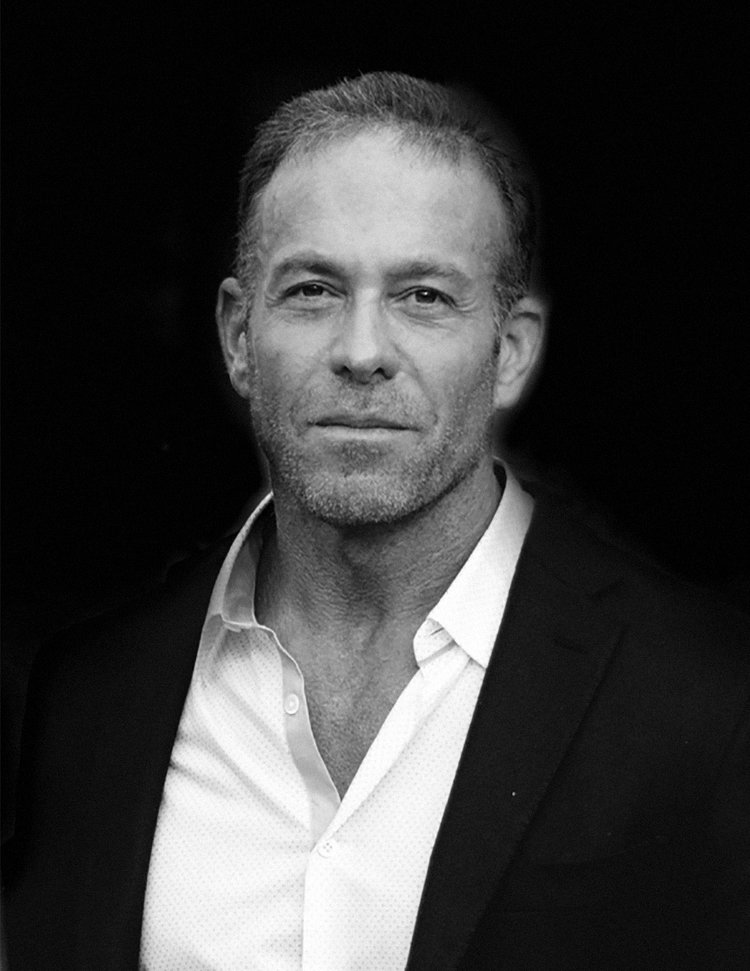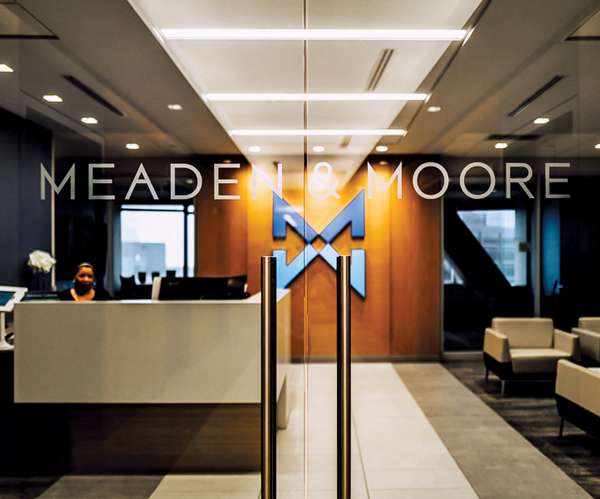Cleveland was the First City of Light
Cleveland should celebrate its long history of shedding light with a concert on Public Square.
by Chris Ronayne | Feb. 10, 2017 | 5:00 AM

With the flip of a switch, the City of Cleveland became the City of Light in 1879. Cleveland’s Public Square, then known as Monumental Park, was lit up with a new invention — the arc lamp — as Cleveland inventor Charles Brush held the first public demonstration of street lighting.
Tinkering away in Cleveland’s invention heyday during the late 1800s, Brush perfected his dynamo arc light, and brought it to Cleveland’s premier public space for exhibition. He knew he had something that could be useful to cities throughout the world — a product that could potentially replace gas lamps as street illumination by arcing carbon electrodes that would produce a glow equal to 4,000 candles in a single lamp. Positioning 12 arc lamps around the square, the demonstration attracted thousands of onlookers. Not knowing what to expect, they wore smoked glasses to protect their eyes. Then, at 7:55 p.m. on April 29, 1879, the first flicker took, the system powered up and Public Square became the first outdoor public space in America fully illuminated by electrical light. The Cleveland Grays Band played from a pavilion on the square with a gun salute over the lake.
Brush’s invention eventually made him a wealthy man. He fully implemented his electric street light system in Wabash, Indiana, the next year and the Brush dynamo street light was soon in high demand as it offered a higher-quality product than the gas lamp at one-third the cost. Brush Electric Co. employed 400 in Cleveland and was quickly sourcing 80 percent of U.S. street lights, dominating the illumination landscape in cities like Boston, New York and Philadelphia.
A decade after lighting Public Square and transforming cities throughout the world, Brush sold his company in 1889 to the Thomson Houston Co., which in 1892 merged with Edison General Electric to form General Electric. With his windfall, Brush joined the ranks of the millionaires of Millionaires’ Row and went on to create other inventions in Cleveland. Cleveland can be proud of its history as a city of firsts in innovation: We also were home to Garrett Morgan, the father of the first traffic signal, and nearby East Cleveland is home to the National Electric Lamp Association, where NELA Park became the world’s first industrial park.
So just what should this streetlight city do with its first-in-light status? Just like we celebrate our history of rock ‘n’ roll, Cleveland should celebrate its role in lighting innovation. Each year Cleveland could have a light concert on Public Square where there’s a great opportunity to beam lights off office spires and the spire of the Old Stone Church choreographed with a fusion of rock and classical music. Imagine the crowds that would come to enjoy music, lights, food and more! This showcase of light could spill over to the Malls with artistic facade lighting on the classical buildings of the Burnham Mall. We could reject the darkness of winter and instead enjoy the colder weather with a celebration of our past and future innovations.
Every year Lyon, France, hosts a “Festival of Lights,” drawing 3 million to 4 million people to view colorful light murals of brilliantly lit classic buildings. Neighborhood residents partake in festivities with their windows aglow with candles shining through stained-glass frames. One of the Lyon lighting designers, Lucette De Rugy, visited Cleveland in the early 2000s at the invitation of Cleveland Public Art and projected a light show at East Ninth Street and Euclid Avenue on the rotunda of the former Ameritrust Building. Years later, LandStudio projected a brilliant show on Public Auditorium to welcome the competitors of the Cleveland Gay Games.
Cleveland could warm its cold winter nights by joining the ranks of many northern cities from Montreal to Toronto to Paris with a spectacle of light for a “Blanche Nuit” celebration where museums and attractions stay open late and their facades come alive with light and color. Our lighting celebration would not only pay homage to our history of innovation, it would showcase new lighting technology coming out of Cleveland today from places like GE Lighting at NELA Park and out of Eaton Corp.’s Cooper Lighting division. Years ago the head of GE Lighting proposed a lighting institute at the Convention Center as a research and development center that could be a technology job generator. It would be a tribute to the history of the first electric street lamp and a showcase of illumination innovation in Cleveland, the city that was first in light.
Trending
-
1
-
2
-
3
-
4
-
5










